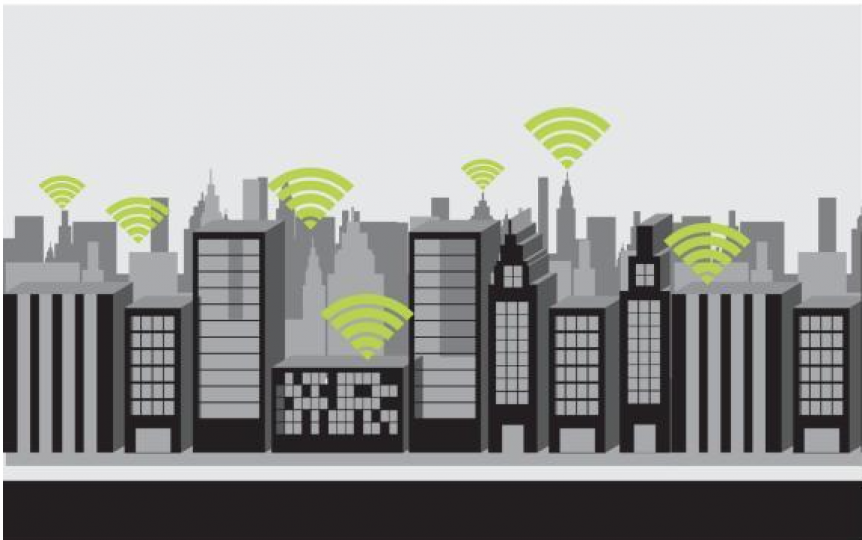Earlier this week we discussed the risks of public Wi-Fi While using unsecured Wi-Fi is almost never recommended, we’re realistic and realize that sometimes you just have to get online.
Here are reminders of the best practices to protecting yourself while on public Wi-Fi:
- Don’t allow your Wi-Fi to auto-connect to networks
- Don’t enter any of your Personally Identifiable Information (PII), which includes banking, utilities (which contain your address), and your email (which typically contains a wealth of knowledge)
- Don’t ever enter your social security number or national ID while on an unsecured network
- Don’t leave your Wi-Fi or Bluetooth on if you are not using them
- Don’t log onto a network that isn’t password protected (e.g. while many coffee shops have free Wi-Fi, the “safer” ones require a password to use the network or have an official and indefinable welcome page)
What you should do:
- Disable File Sharing: for Windows: Start > Network & Internet > Sharing Options > Turn Off Network Discovery and Turn off file and printer sharing; for Macs: Apple Menu > Sharing > Ensure “File Sharing” is unchecked
- Browse Safely: only visit sites using HTTPS, even when online shopping if you’re entering your credit card information
- Add Security: enable multi-factor authentication on email, banking, and social media accounts
The safest approach is investing in an unlimited data plan and tethering your laptop or tablet to your mobile data plan when you desperately need to connect. Ensure you create a password on your personal hotspot and make it a secure one!

